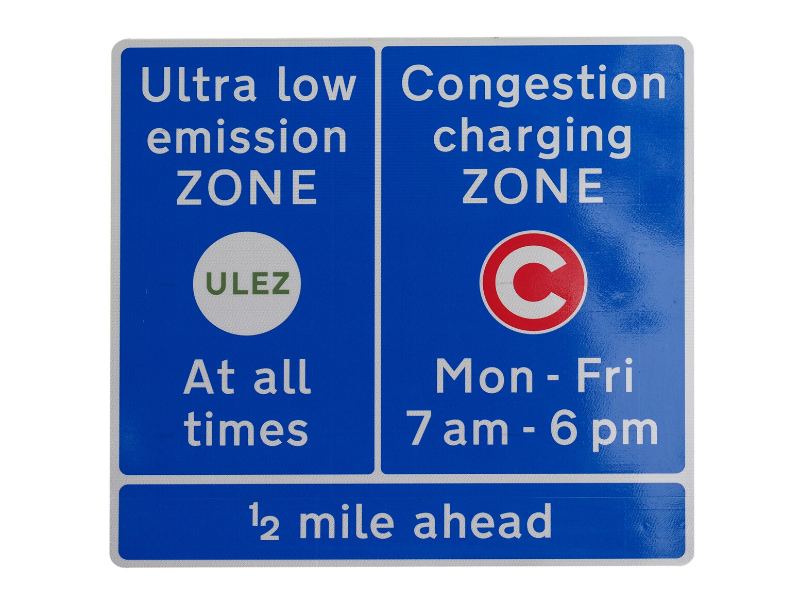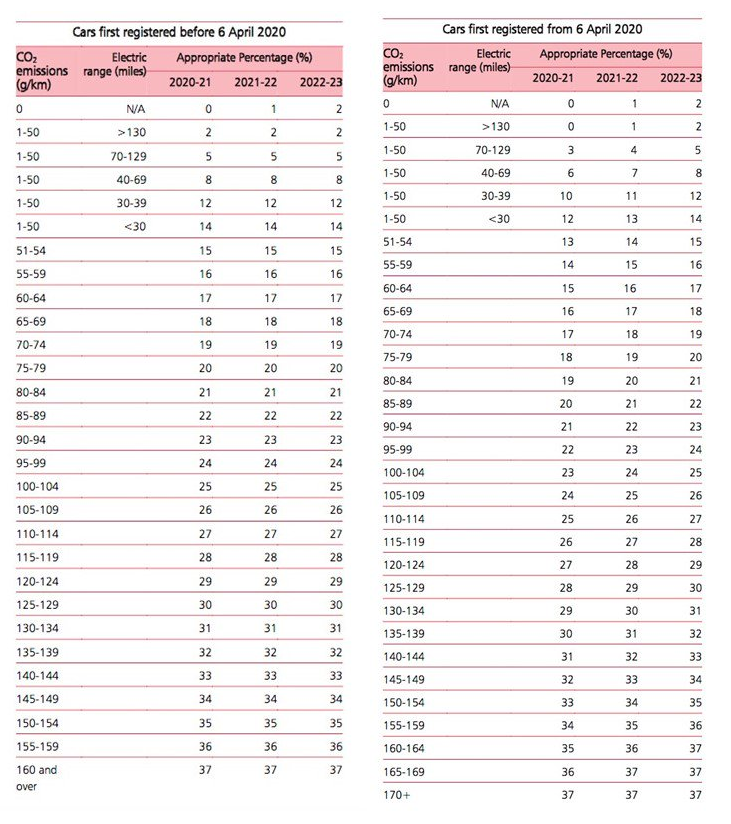2018 saw the introduction of the Worldwide Harmonised Light Vehicle Test Procedure (WLTP), which aims to deliver more accurate real-world test results for electric and combustion-engine cars.
In April 2020, the European Commission will convert today’s (NEDC-based) CO2 targets to specific WLTP-CO2 targets of comparable stringency. These new WLTP targets will apply for monitoring car fleet compliance.



